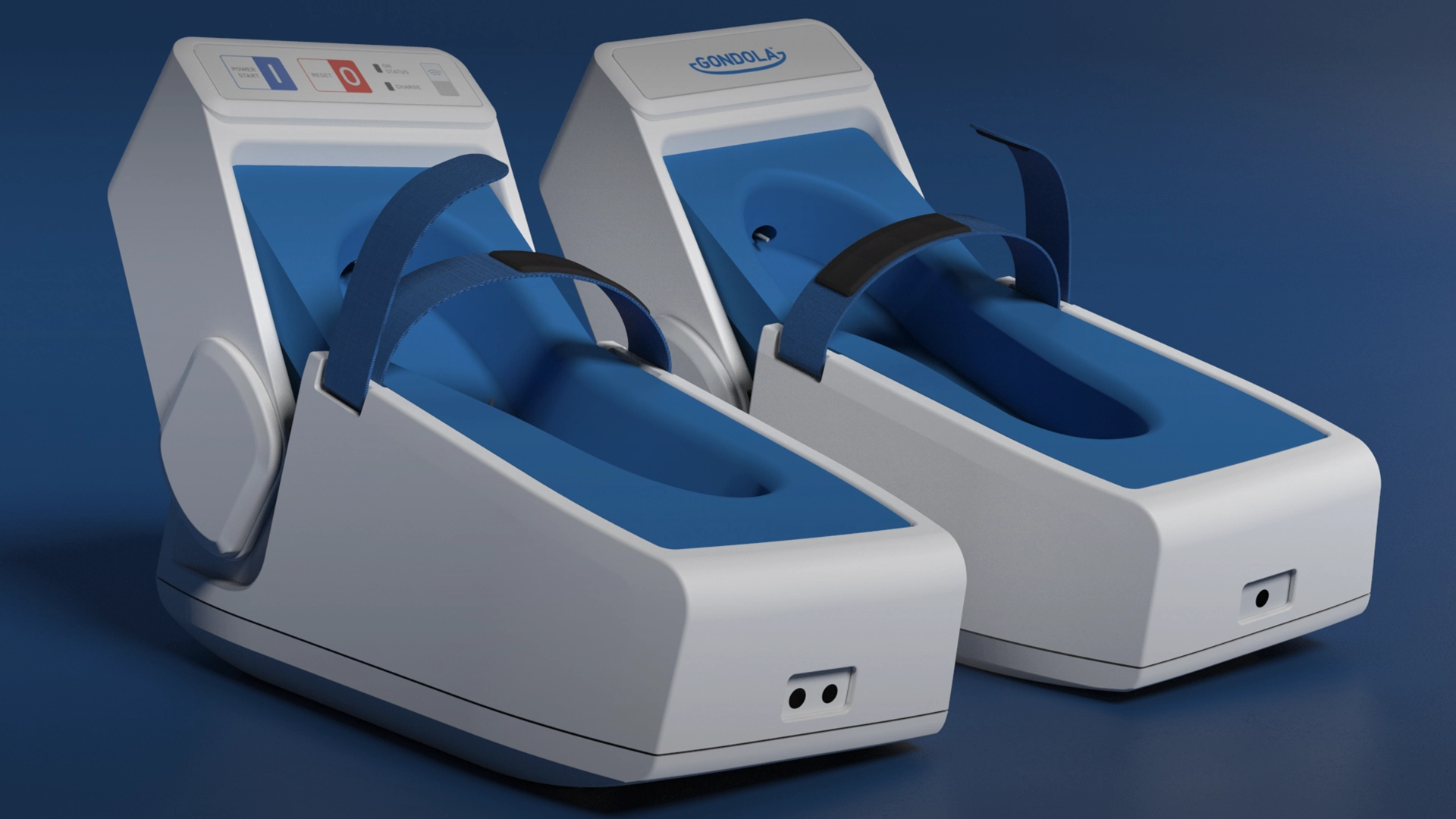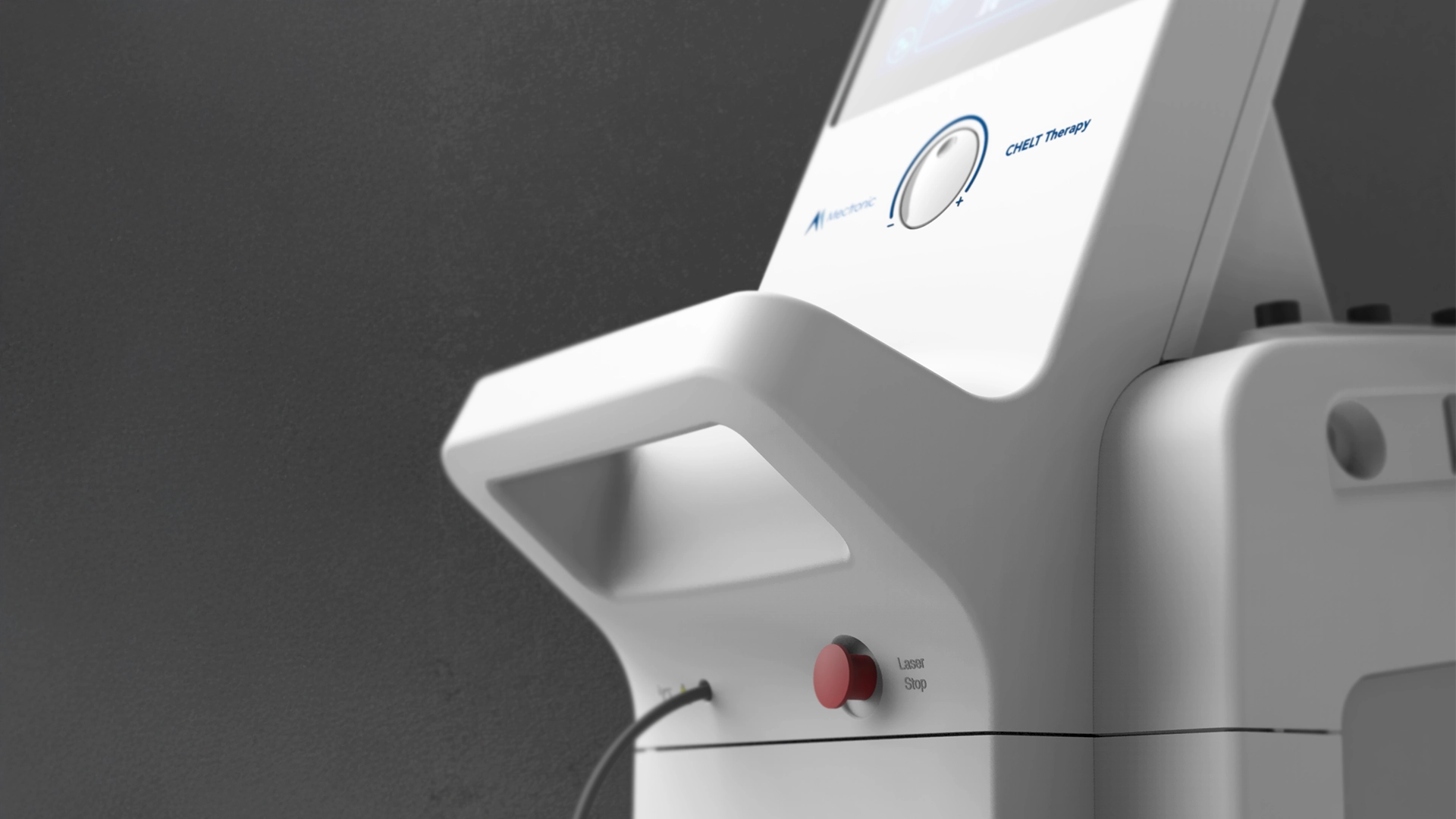Medical device design carries a huge responsibility, as we are developing products with which billions of people worldwide will have to interact on a daily basis. Products that quite literally have the opportunity to change and save lives. Products which may remain on the market for ten years or more, influencing the way people manage their health or the health of others.
Medical product designers must therefore make decisions that will last throughout time, and that suit the broadest spectrum of users as these will be people who often can’t exercise choice over the products they are offered.
CAN WE CONSIDER OUR DESIGN A GOOD DESIGN?
About 50 years ago, Dieter Rams – a highly influential German industrial designer – asked himself an important question: is my design good? To answer this question, he developed the 10 principles to identify a good design. Despite all these changes around, the commandments remain valuable guidelines for anyone working in medical device industrial design.
According to Dieter Rams:
1. Good design is innovative: as never before innovation is challenging our high-risk sector (Healthcare). Innovative medical devices from other industries are now introduced in the medical field to improve the usefulness of the products and to address real medical and health needs.
2. Good design is useful: most of the medical devices are products which are needed and not only desired, then their usefulness and their response to specific needs is even more important.
3. Good design is aesthetic: the way a medical product looks and feels can influence the emotional connection with its user. Aesthetics are a very important part of medical device development and should be driven by the function of the product. Also, where appropriate, can be used to engage a user and evoke a specific emotion.
4. Good design is understandable: the product must be aligned with the different cognitive abilities of the final user, who can understand how the product is used intuitively.
5. Good design is unobtrusive: a medical product should integrate seamlessly into the user’s lifestyle. Consideration must be given to how the innovative medical device will be perceived in the context of the ‘other’ products surrounding the user.
6. Good design is honest: it doesn’t try to manipulate the user through promises of a false utility beyond the physical reality of the product. The product should not try to hide any negative aspects of the therapy or service it provides.
7. Good design is long-lasting: Medical products cannot follow the latest trends because the time to market is too long and the cost to update is often prohibitive. Colours, features and details which are likely to ‘age’ should be carefully justified and limited to parts of the device which are easier to update, such as labelling, graphics, packaging and GUI.
8. Good design is thorough down to the last detail: A rigorous medical device design process should be adopted to be sure that only real needs are addressed – time should be spent perfecting the minimum number of features and interactions.
9. Good design is environmentally friendly: As recyclability is often not possible in the medical sector, consideration should be given to the overall impact of a product and also to the material and manufacturing processes used to produce it. Can the architecture support partial reuse, for example, or can the simplicity of a medical device industrial design reduce the amount of material used?
10. Good design is as little design as possible: in all aspects of medical product design, every feature and function must be justified. If they are not essential to improving usability, appeal or robustness they should be removed.
5 TIPS TO CREATE A GOOD DESIGN
Now we know what characterizes a good design, the question is how to achieve this result. The design process is a complicated process, but we have listed here the main design principles that the smart product designers should keep in mind when creating new solutions for safeguarding health and well-being.
1. ALWAYS START WITH THE USER
When working on a new medical device development, the first thing you need to do is understanding the people (patients and professional operators) you are designing for. It means to understand their needs, identify demographic features and take into consideration possible functional problems.
2. STICK TO SIMPLICITY
Even if you end up with a complex design with multiple features, you can still make it look simple.
More medical products are being used in the home for diagnostics and convalescent care. To aid in their use by non-professionals, and to prevent possible mistakes, these should be as user-friendly and “fool-proof” as possible. A good way to do this is to simplify the design so that its proper function is implied by its shape. And this shape should also be usable only in one way, the right one, while it should be impossible to apply in some other way. So simple, in fact, that even someone who has had no instruction would be able to pick it up and immediately know how to hold it and what it’s for.
Another good idea is to make large and single-function buttons. If there are critical features, these must be easy to spot so that they can be accessed in emergency situations without thinking.
3. KEEP SAFETY IN MIND
When working on innovative medical device, you should always keep safety as a top priority. To ensure your device is safe to use, conduct a design failure mode and effect analysis (DFMEA). DFMEA describes a set of systematic activities you implement to identify and evaluate the outcome of potential system, products, or process failures. Since medical device failures and malfunctions could impact the health and safety of a patient, running a DFMEA should be an essential step in the medical device industrial design process.
4. USE COLOR INTELLIGENTLY
Color can be used to communicate information, to classify that and to guide the user in the correct use of a product.
For example, strong colors can immediately differentiate important or even dangerous functions (red/yellow) from safe ones (green or blue). Gradations of paint, descending from darker to lighter, also help to denote hierarchies of priority. Colors can define sectors or zones on a product which are useful guides or reminders about proper usage.
And of course color has a strong emotional connection to be considered.
5. MAKE IT EASY TO CLEAN
Depending on their use, medical products may be exposed to bodily fluids, alcohols, acids and reagents, as well as viruses and bacteria. Therefore, any product in such an environment must be easily cleaned, and this necessity will affect the medical device design.
It’s common for many products to be made via plastic injection molding, and that means there will be housings and enclosures separated by minor gaps. If these are unavoidable, then there are a few mitigating strategies to consider (e.g. tight sealed gap, exposed gaps accessible to at least a fingertip).
Surfaces should also have a smooth texture and be non-porous so that they can be swabbed, sprayed or wiped with cleaners. If there are internal mechanisms these must be carefully sealed against contamination as well.
Even better is to avoid this issue in the initial design.
Basically, good design is a good business strategy. Simply having stunning technology is not enough to achieve market success and sustained profitability. R&D might have developed a revolutionary innovation, but if you fail to pack the innovation in a well-considered design that addresses both aesthetics and usability, you will lose a lot of money.
Sure, innovation and revolutionary technology might be enough to make your product launch successful. But then what? Competitors will inevitably crop up. One of the ways they can take market share from you is by capitalizing on design deficiencies you might have allowed. If you invest the resources to achieve good design, you’ll remove a lever that others could use to take market share.
For medical devices, good industrial design is not less important than it is for consumer products. First, the design discipline brings expertise in usability. Disregarding good usability during the design process has been shown to be a cause of medical error. Second of all, aesthetic design appeals to our emotions. How we make decisions is influenced by emotion even more than most people realize. It is industrial designers who bring an aesthetic sensitivity to the design of commercial products.
The bottom line is that innovative medical devices combined with good industrial design will generate a product that will command the market not only from the outset but for years to follow. That is a profitable strategy.
Need help to design a new medical device or renew an existing one? If you’re looking for an expert in medical device industrial design, Creanova integrates Italian design, creativity and a Human-Centered approach in innovative and intuitive medical devices, honored by the most prestigious design awards.
The interconnection of our design team with our engineering and manufacturing team ensures a producible medical device since the early stages, compliant with all medical device regulations.
Contact us to know more!

